Driving Sustainability on the Rails: Revolutionizing Sustainable Railway Engineering Principles
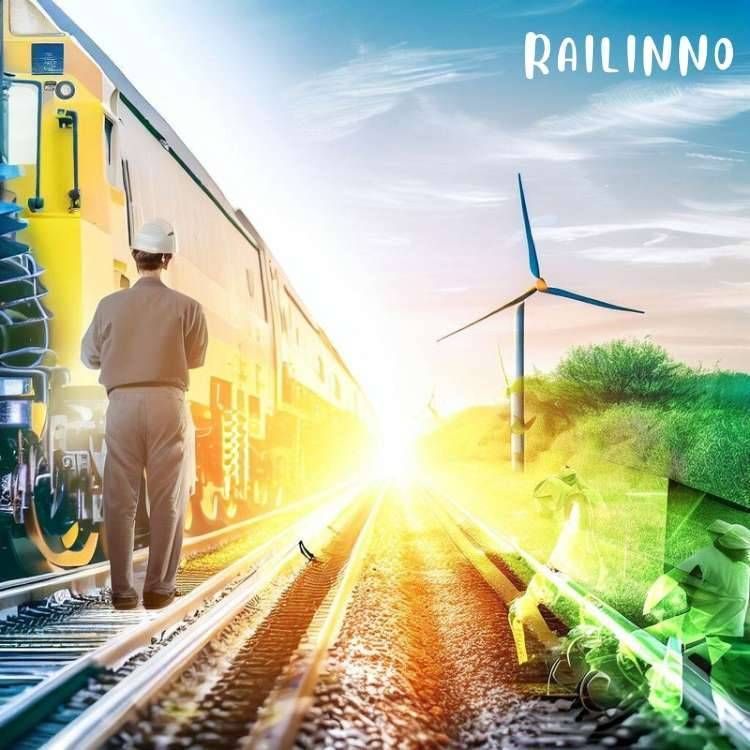
Abstract
Regarding sustainable railway engineering principles we can start from the earliest days of human civilization, people have relied on transportation to connect distant regions and promote economic growth. Today, with the rapid expansion of urban centers and the increasing demand for mobility, our transportation systems are facing a deeply challenging period.
Engineers around the world have been seeking new ways to incorporate sustainable engineering principles into transportation infrastructure, including railway engineering. Some have turned to the fast-evolving field of artificial intelligence (AI) to help make transportation systems more efficient, reliable, and accessible.
With AI, engineers can analyze data in real-time, predict system failures, and optimize the use of resources. In railway engineering, AI has the potential to dramatically improve safety, reduce delays, enhance energy efficiency, and promote sustainability.
Yet, while the use of AI in railway engineering offers many opportunities, it also poses complex ethical and societal challenges. How can we ensure that AI technologies do not exacerbate existing social and economic disparities? How can we balance the competing demands of efficiency, safety, and environmental protection? These are the questions that engineers, policymakers, and citizens must grapple with as we seek to create sustainable and equitable transportation systems for our rapidly changing world.

The world is in a state of perpetual transition, constantly adapting to the exponential changes brought on by the Fourth Industrial Revolution. With AI at the forefront of this technological shift, there is an increasing demand for innovative solutions that can revolutionize the way we approach traditional industries like rail engineering.
While many modern advancements have focused on purely functional or aesthetic aspects of rail engineering, a new wave of sustainable principles is driving change in the industry. We are witnessing a significant shift in the way people are thinking about green technologies in transportation, and AI is at the forefront of this transformation.
Sustainability is no longer just a buzzword, but a practical reality that is driving innovation on the roads, in the air, and now, in RAIL.From reducing carbon emissions to minimizing wastages, the use of AI in developing sustainable rail engineering is rapidly gaining momentum.
Through a complex system of sensors, data analytics, and machine learning algorithms, AI is curating efficient and sustainable routes to minimize the environmental impact of rail transportation. In this quest for sustainable innovation, researchers are exploring new materials and techniques to optimize the performance and minimize the maintenance of rail tracks.
The use of recycled materials and renewable technologies is also becoming increasingly popular, with many companies committing to the use of 100% clean energy sources. This new wave of sustainable principles in rail engineering is driving change in the industry, which is opening up new opportunities for the development of cutting-edge technologies that can efficiently and cost-effectively drive sustainability in rail transportation.
As we move toward a more sustainable and eco-friendly future, it’s becoming increasingly clear that the utilization of AI in rail engineering is an essential step forward. Not only will it revolutionize the industry, but it will also pave the way for greener and more efficient modes of transportation.
While there still may be a long way to go, the advancements we are seeing in sustainable rail engineering are a testament to the power of innovation and the significant impact that AI can have on securing a sustainable future for generations to come.
Table of Contents
1. Introduction to Railway Engineering
The railway system is essential to our daily lives. Millions of people commute and travel by rail, and goods are transported globally.
But this industry is known for high greenhouse gas emissions and energy consumption. That’s where digital engineering and sustainability come in.
By using digital engineering, virtual testing and simulations can improve performance and reduce waste.Railway engineers are also incorporating sustainable principles in design and operation.
They use recycled materials and renewable energy sources to lessen the environmental impact while maintaining a reliable and efficient transportation system. The railway industry faces increasing demands, but engineers are committed to sustainability and finding solutions that push boundaries.
One of these solutions is hydrogen fuel cells, which emit only water vapor. The UK plans to introduce these trains in the coming years.
3D printing is also being used to create railway components, reducing waste while increasing efficiency. With new technologies and sustainable principles, the railway industry is set to transition to a low-carbon future.
Of course, challenges remain. Implementation costs can be high, and retrofitting existing infrastructure can be difficult.
But sustainability has clear benefits. It improves the environment, reduces costs, and increases efficiency.
Railway engineering is stepping up and driving positive change during a time of global climate change impacts.
2. Benefits of Sustainable Railways
The rail industry plays a critical role in providing sustainable transport solutions. Sustainable railways can help us reduce carbon emissions and counter the effects of climate change.
Trains are remarkably fuel-efficient compared to cars and planes, making them an exciting and effective option for many journeys. Additionally, the rail industry is utilizing technology and artificial intelligence to decrease fuel usage, enhance efficiency and minimize maintenance needs, thereby decreasing the environmental impact of rail travel.
Besides energy efficiency, railways drive economic growth and promote sustainable communities by providing reliable and green transport links to connect people and businesses, consequently expanding opportunities and supporting innovation.Lastly, sustainable railway engineering principles and practices can help conserve natural resources for generations to come.
By limiting carbon emissions, reducing energy usage, preserving biodiversity, and minimizing noise pollution, railways can be a powerful force for positive change.The benefits of sustainable railways are clear.
Implementing sustainable engineering principles, incorporating AI in rail technology, and collaborating to create a greener future can revolutionize rail travel.
3. Reducing Carbon Footprint
Sustainability is a key focus of the 21st century, and engineers worldwide are striving to develop advanced technologies that reduce our carbon footprint. Railway engineering represents an impressive area of progress with a particular emphasis on sustainable principles reflected in train design and innovation.
Sustainable engineering principles are applied throughout the railway system, including materials and energy sources, to greatly reduce the environmental impact of trains. Such practices contrast the past “business as usual” approach to railway engineering, which prioritized speed and efficiency over sustainability.
Given the urgent global concerns surrounding climate change, different measures were necessary. So, engineers have embraced innovative technologies and design techniques that make sustainability a reality.
Sustainable engineering principles will continue to play a crucial role in reducing our carbon footprint. Railway engineering’s example demonstrates that green technologies can be as sophisticated, efficient, and sleek as their unsustainable counterparts.
4. Energy Efficient Railways
Rail engineering is a crucial aspect of the transport industry, connecting nations and enabling global trade. But now, it’s not just about connecting people and goods.

There’s a growing emphasis on doing so sustainably. The traditional railway industry is known for its carbon footprint and energy inefficiency.
However, a new wave of railway engineers is bringing a fresh perspective, merging advanced technical know-how with sustainability principles to revolutionize railway design and operation. Examples of this include cutting-edge propulsion systems, energy recovery solutions, and intelligent control systems.
These initiatives enhance railway operations, making them more efficient and eco-friendly. By striving for zero emissions and decreasing energy usage, railway engineers are spearheading a sustainable future for the transport sector.
This integration of sustainability in rail engineering is set to become the norm, paving the way for ecologically friendly yet effective transport methods.
5. Sustainable Materials and Design
The railway engineering field has needed to adjust to the growing concern of sustainability. Engineers now prioritize sustainable materials and design principles to align with modern rail transportation’s needs while considering sustainable development.
Leading engineering institution‘s Master of Engineering students have been paving the way for this transformation, implementing innovative ideas and techniques to shape the future of railway engineering. Sustainable materials, such as bamboo, composite materials, and recycled rubber, are increasingly important for these engineers as they aim for eco-friendly and functional solutions.
Dealing with these materials often requires engineers to grapple with complex challenges, from new material properties to safety and sustainability issues presented by cutting-edge designs. These future-focused Master of Engineering students are leading the way to a cleaner, more efficient, and sustainable railway engineering future.
6. Innovative Technologies for Sustainability
The future of transportation depends on sustainable infrastructure. Our railway system is one of the most important modes of transport, but also one of the biggest pollutants.
But there is good news – emerging technology and practices can help reduce the environmental impact of railways.Renewable energy sources such as hybrid or electric power can reduce emissions.
Developing more energy-efficient locomotives and rail cars can use less fuel and produce fewer emissions. Wireless technology can also optimize routing, which reduces travel time and fuel consumption.
Furthermore, eco-friendly materials like recycled glass, rubber, and plastic can be used to create railway components. Sustainable construction materials and practices can reduce the impact of railway infrastructure on the environment.
Of course, there are challenges of investing in new technology and infrastructure. But the potential gains are enormous – reducing emissions and minimizing environmental impact.
Collaboration and innovation from all stakeholders are essential. The railway industry has a unique opportunity to lead the way in driving sustainability on the rails.
7. Reducing Waste and Emissions
Rail innovation can drastically alter transportation’s sustainability by reducing waste and emissions while enhancing efficiency and reliability. Sustainable principles are being integrated into the railways of the future, producing promising results.
All aspects of railway engineering, from materials to track design, are being scrutinized and enhanced for sustainability. The industry is already introducing advanced materials such as composite sleepers and innovative ballastless track systems worldwide.
Renewable energy sources, such as solar and wind, can revolutionize the rail industry by powering railways.However, the impact of rail innovation goes beyond physical infrastructure.
The transportation industry must shift towards a sustainable model, and railways have a significant role to play in this transformation. Rails must become a vital part of a more sustainable and efficient transportation network by collaborating with other environmentally sustainable transportation forms like electric vehicles and bike-sharing programs.
Innovative thinking is a prerequisite to facilitate this transition by breaking down traditional barriers and creating novel solutions to old challenges. Railway companies and engineers must embrace new ideas and technologies to make a true impact.
With the right approach, rail innovation can become a vital driver of sustainability in global transportation. As population growth and the need for efficient and sustainable transportation intensify, the railways must lead the way in driving meaningful change.
The future of transportation lies in rail innovation.
8. Sustainable Rail Operations and Maintenance
Climate change and greenhouse gas emissions are major concerns. To combat them, sustainable railway engineering and operations solutions are crucial.

Railway infrastructure is a cost-effective and environmentally friendly mode of transportation. Today, engineers and architects are integrating ecological considerations into their designs for railways.
However, sustainability has not received enough attention in maintenance and operations. Striking a balance between technology, efficiency, and environmental stewardship is challenging but necessary.
Fortunately, the railway industry is already taking steps towards sustainable operations and maintenance. This includes innovative maintenance strategies, optimized energy consumption, and waste reduction initiatives.
All stakeholders must work together towards common goals to achieve a sustainable transition. If everyone cooperates, the railway industry can set an example for sustainable transportation.
9. Challenges and Solutions
The rail industry has faced sustainability challenges. However, innovative solutions are emerging.
Outdated and polluting equipment has been a problem but environmentally-friendly technologies are surfacing. The industry’s environmental impact is not visible but education and advocacy are eradicating that misconception, applying pressure for sustainable practices.
Electrification is a promising solution. It can reduce emissions and increase energy efficiency.
Sustainable materials like recycled or renewable sources are also useful for railway construction. Green technologies, such as solar panels or energy recovery systems, can also improve sustainability.
Collaboration among stakeholders is vital to drive sustainability on the rails. It is incumbent on engineers, technicians, policymakers, and consumers to work together to shape the future of railway engineering.
Sustainability is no longer an optional add-on but a critical aspect of any railway project.The revolution in railway sustainability is not only in engineering but also in the attitudes and mindsets of those involved in the industry.
Although challenges remain, solutions and progress offer optimism. With continued innovation and collaboration, the rail industry can play a vital role in building a more sustainable future.
10. Role of Government and Industry
The government and industry play a crucial role in sustainable railway engineering priciples. Sustainability has become a popular term in the transportation industry, including railway transportation.
Governments worldwide have policies and regulations for sustainable transportation infrastructures, but industries must partner with governments to make it a reality. For instance, governments need the private sector to invest in railway technologies, reducing the environmental impact of rail transportation.
Industries must adopt a sustainability culture in their business operations, researching, developing, and implementing eco-friendly railway technologies. Railway companies are developing trains and railcars that use lightweight materials, regenerative braking, and electrification to reduce pollution, costs, and maintain their reputation as responsible global citizens.
Achieving a sustainable future takes a collective effort by stakeholders, including railway companies, regulatory bodies, and consumers. Industry leaders must keep focusing on sustainable technologies, while governments must create policies to make sustainable investments profitable for industries.
With consistent policies, stringent regulations, and new technologies, a more sustainable future of rail transportation is achievable.
11. Global Impact of Sustainable Railways
Transportation is vital to the modern world, but balancing economic growth with environmental sustainability is increasingly difficult. Sustainable railways offer a solution – they’re one of the most energy-efficient and low-emission forms of transportation.

Railways can help improve air quality, reduce congestion, and promote economic development. However, environmental performance has traditionally taken a backseat to operational efficiency in railway engineering.
Thankfully, many railway companies and engineers are prioritizing sustainability. Examples include the Shinkansen system in Japan, which uses regenerative braking, and the Crossrail project in London, which incorporates renewable energy sources.
Sustainable railway engineering projects are also happening in developing countries, such as the electrified rail system in Ethiopia and the Lifeline Express hospital on wheels in India. Achieving sustainable railways requires a shift in how we think about transportation.
Sustainable modes of transportation, like railways, should be prioritized over less sustainable modes. We must also consider social and environmental impacts throughout every stage of transportation projects.
Ultimately, sustainable railways benefit both the planet and the people and communities they serve.
12. Conclusion and Future Directions
Humanity is awakening to the pressing realities of our endangered planet. Our actions, including climate change and pollution, have led to significant negative impacts.
To address this, we are turning to sustainable principles to improve the world. Railways, which have been used for centuries, play a crucial role in this conversation.
This article explores how innovation and advancements in railway engineering have increased efficiency and streamlined operations while adopting sustainable principles. This shift has environmental and economic benefits that must be embraced by the industry.
However, it is only a starting point, and sustainable railways face numerous challenges to become mainstream. Engineers must continue to collaborate and come up with novel ideas to combat climate change.
Only through joint determination, we will change the world for the better. Although the journey may be long, the future is bright, and it is time to unite and keep driving sustainability on the rails.
Wrap Up
As the locomotive steams off into the distance, the importance of sustainable engineering principles in railway engineering becomes ever more clear. From the tracks to the trains themselves, every aspect of this complex system depends on a careful balance between efficiency, performance, and environmental responsibility.
It’s a daunting challenge, to be sure – but it’s also a vital one, as railways remain one of the most critical transportation methods in the world.At the heart of sustainable engineering principles lie two essential concepts: reducing waste and minimizing environmental impact.
In railway engineering, this means finding innovative ways to use materials more effectively, reducing energy consumption, and designing trains and tracks that can withstand the demands of frequent use without causing harm to the environment. It’s a tall order, to say the least – but it’s one that the industry is more than capable of meeting, with the right tools, expertise, and dedication.
Perhaps the most exciting aspect of sustainable engineering in railway design is the opportunity it presents for innovation. From cutting-edge materials to innovative designs and systems, engineers are constantly pushing the boundaries of what is possible in this vital field.
Whether it’s developing more efficient locomotives, exploring new manufacturing methods, or implementing sophisticated monitoring and control systems, the sky is truly the limit when it comes to sustainable railway engineering.Of course, there are many challenges along the way.
Sustainability is a complex and multifaceted concept, and achieving it requires the coordination of many different stakeholders, from government policymakers to railway operators to engineers and technicians. It’s an ongoing process, and one that will continue to require fresh insights, new ideas, and a relentless commitment to excellence.
As the global population continues to grow and demand for transportation increases, the importance of sustainable railway engineering will only become more pressing. But together, we can rise to this challenge and create a world in which trains are not just efficient and reliable, but also environmentally responsible and sustainable.
So let’s roll up our sleeves and get to work – the future of rail travel, and of our planet, depends on it.
FAQ
How can railways be sustainable?

Railways can be sustainable by incorporating sustainable materials and design principles, optimizing energy efficiency, reducing carbon emissions, minimizing waste, and implementing new technologies such as artificial intelligence and renewable energy sources.
Why is sustainable development important in rail?

Sustainable development is important in rail because it ensures that the railway infrastructure and operations meet the needs of the present without compromising the ability of future generations to meet their own needs. It also helps to minimize the negative impact of rail on the environment, society, and the economy.
What are the sustainability principles engineering?
Sustainability principles in engineering involve designing and developing systems, products, and processes that minimize negative environmental impacts, promote social responsibility, and maintain economic viability for the long term. Some of the key principles include reducing waste, minimizing energy and resource consumption, promoting renewable energy sources, prioritizing safety, and considering the social and economic impacts of engineering decisions.
How railway system can contribute to a sustainable future?
Railway systems can contribute to a sustainable future by providing an energy-efficient and low-carbon mode of transportation for both passengers and goods. By using renewable energy sources and implementing sustainable design and materials, railway systems can reduce their environmental impact and promote sustainable development. Additionally, railway systems can help reduce road congestion and air pollution, thus improving the overall quality of life in urban areas. Finally, railways can promote social equity by providing affordable and accessible transportation options for all.
Read More
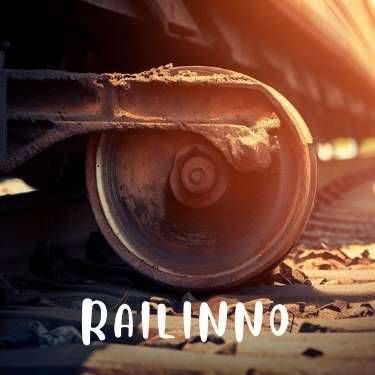
More Articles
Categories
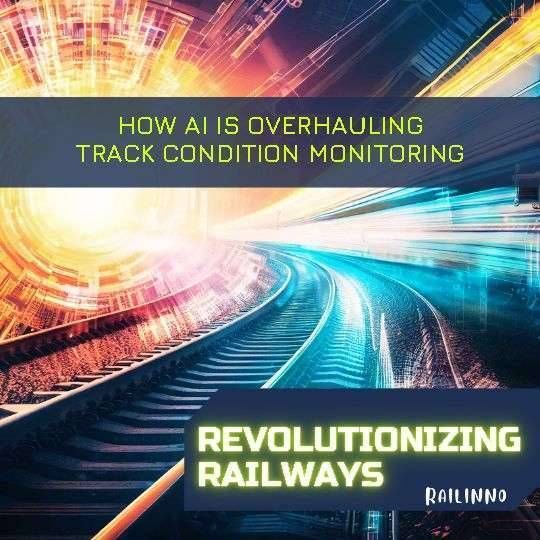

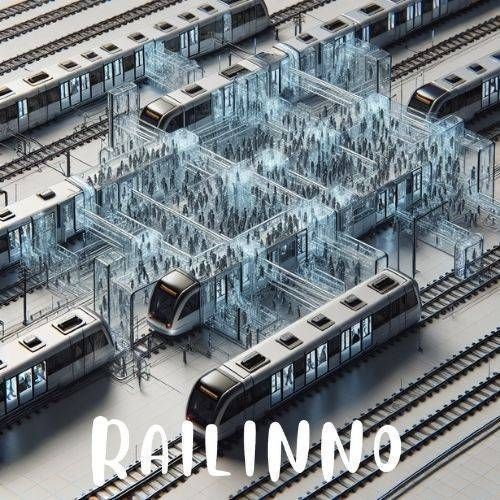

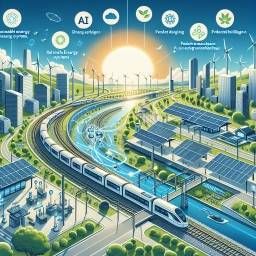
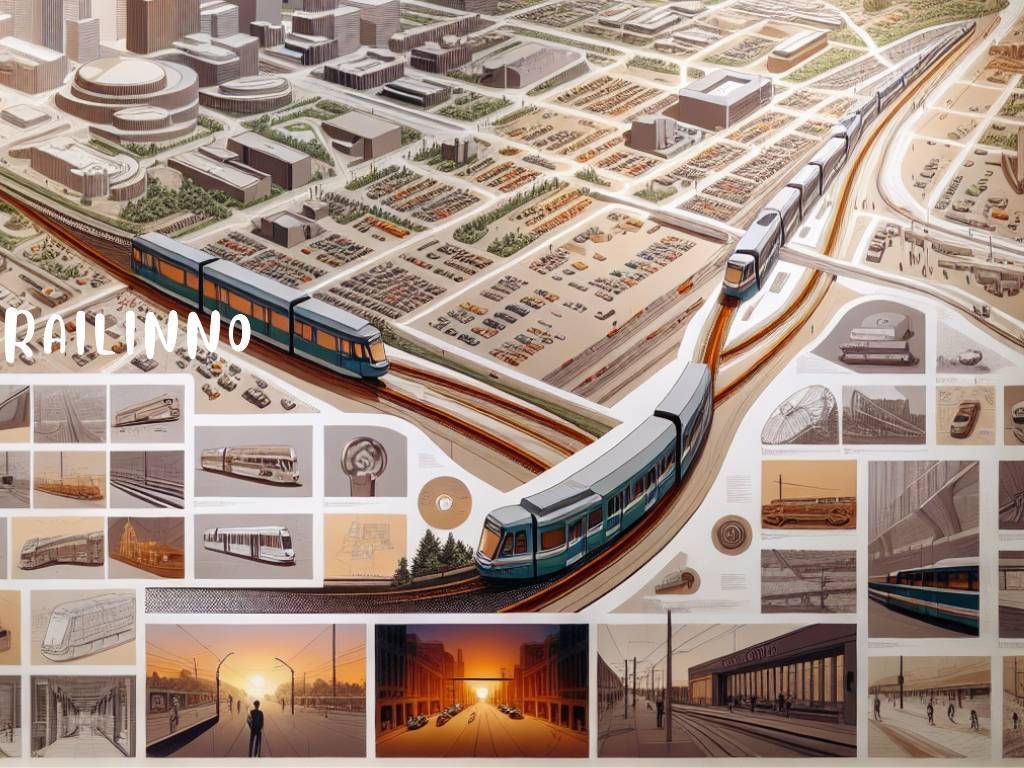
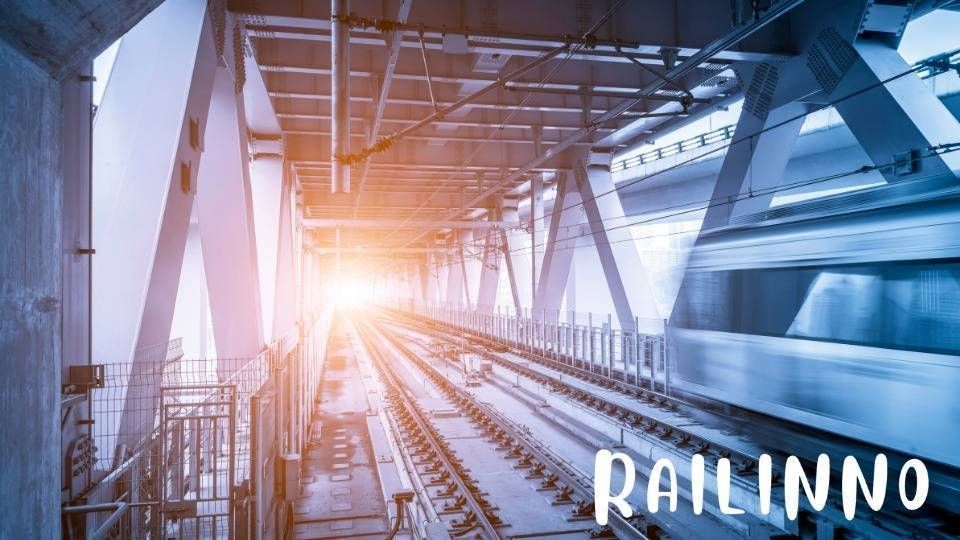


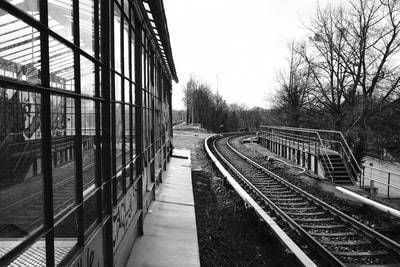
Leave a Reply